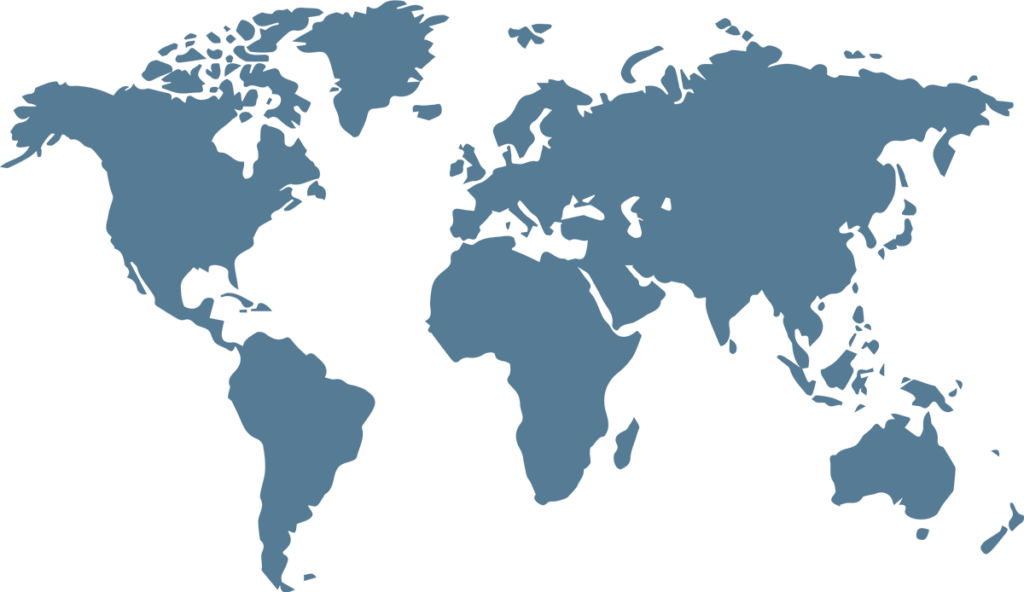Earlier this month, Vietnam said it was seeking to learn from China to develop its first high-speed railway network.
Vietnam has laid out plans to begin work on two high-speed rail projects connecting it with China by 2030, as the Southeast Asian country looks to modernise ageing transport links and facilitate connectivity with its northern neighbour.
One line is slated to run from northeastern Haiphong and Quang Ninh to the border with China’s Yunnan province, according to an Apr 9 statement by the Ministry of Planning and Investment. The other is set to stretch from Hanoi to near Guangxi in southern China.
According to local news outlet VnExpress, both lines will form part of the north-south high-speed rail route. Work on the US$70 billion project – a 1,500 km route connecting northern Hanoi with the southern city Ho Chi Minh – is also set to start by 2030, after delays from a lack of government consensus and funding access.
Earlier this month, Vietnam said it was seeking to learn from China to develop its first high-speed railway network and had sent its officials to work with Chinese railway companies, according to Reuters.
China is Vietnam’s largest trading partner and a vital source of imports for the Southeast Asian country’s manufacturing sector. Trade between the two countries rose 22 per cent in the first quarter of 2024 from a year earlier to US$43.6 billion, according to Vietnamese government data.
The two countries are already connected via a system of highways and two old railway lines. These are the Hanoi-Pingxiang-Nanning line, built in 1940. The other is the historical Vietnam-Yunnan line, first constructed by the French at the start of the 20th century.
Vietnam is not the only target of China’s high-speed rail ambitions. A semi-high-speed Laos-China railway opened to passengers in 2021. The approximately 1,000 km line connects the southwestern Chinese commercial hub of Kunming to the Laotian capital Vientiane, with a journey of around 10 hours.
A further project is underway in Thailand, which aims to connect the Laos-China Railway with Bangkok. Though facing delays and mounting construction costs, the Thai government expects the line to be operational by 2028.
Following that, China’s aspirations are for the line to extend into northern Malaysia, where it has visions for it to reach the capital Kuala Lumpur (KL) before finally ending in Singapore, according to media reports.
A 350km-long KL-Singapore HSR project, was first proposed in 2013 and led to a binding agreement inked in Dec 2016 with an aim to have the line operational by 2026.
But this was discontinued after multiple postponements at Malaysia’s request and an eventual lapsing of an agreement in December 2020.
Malaysia paid more than S$102 million (US$76.46 million) in compensation to Singapore for the terminated project.
Following Malaysia Prime Minister Anwar Ibrahim’s victory in the 2022 general elections, and his early 2023 visit to meet Singapore leaders in the city-state, there were talks of resurrecting the project.
China also backed Southeast Asia’s first high-speed rail. The project in Indonesia, which provides a much quicker commute between Jakarta and Bandung, launched in October 2023.
Draws of high-speed rail projects include increased ease of international tourism, and the rising popularity of rail travel, especially among younger Chinese tourists. However, not all arrangements have been smooth running.
The Thailand project was met with some scrutiny and criticism, with the Thai government agreeing to shoulder the full construction cost of US$5 billion for the first building phase, according to Reuters.


